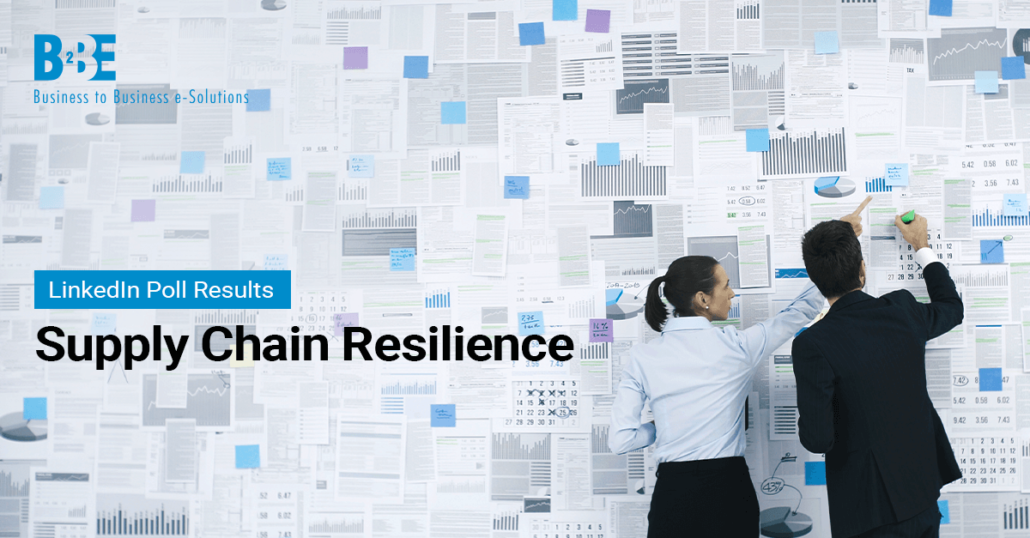Bâtiment supply chain resilience requires a proactive approach, and many businesses are focusing on regular audits and scenario planning to reduce risks. However, opportunities exist to strengthen resilience further through robust data management and technology adoption. A resilient supply chain doesn’t just minimise disruptions – it empowers organisations to adapt, perform, and thrive, no matter what challenges arise.
Poll results
In our most recent LinkedIn poll, we asked our respondents how their organisation and business is building resilience within their supply chain.
How is your organisation building supply chain resilience?
- Conduct regular audits
- Robust data management
- Scenario planning
- Use of technology
Conduct regular audits
50% of the respondents are focused on conducting regular audits to build supply chain resilience. Audits allow businesses to identify weak links, inefficiencies, and potential risks within their supply networks. By regularly evaluating supplier performance, inventory levels, and compliance measures, organisations can proactively address vulnerabilities before they escalate into larger problems. For businesses striving for long-term resilience, audits are a critical first step in understanding and improving every aspect of the supply chain.
Robust data management
0% of respondents chose robust data management as part of their supply chain resilience strategy. However, data is the backbone of an efficient and resilient supply chain. By gathering and analysing real-time data, businesses can make faster, more informed decisions. Whether it’s tracking inventory, monitoring supplier performance, or predicting demand, robust data management enables transparency and efficiency. Organisations that overlook this aspect may miss out on opportunities to improve visibility and reduce risks.
Scenario planning
50% of respondents highlighted scenario planning as their go-to strategy for improving supply chain resilience. Scenario planning involves mapping out potential disruptions—such as natural disasters, supplier failures, or economic downturns—and creating strategies to mitigate their impact. This proactive approach allows businesses to remain agile, respond quickly to challenges, and minimise disruptions to operations. Organisations that invest in scenario planning are better equipped to maintain stability, even when unexpected events occur. It’s about anticipating the worst and having a plan in place to keep the supply chain moving.
Use of technology
Similarly, the use of technology received 0% in our poll results. Modern technologies like AI, blockchain, and IoT have transformed supply chain operations, providing tools for automation, predictive analytics, and real-time tracking. Technology can streamline processes, reduce errors, and improve overall resilience by offering greater visibility and control over the supply chain. While it may not yet be a priority for some businesses, technology adoption is a key driver for long-term supply chain resilience.
Learn more about B2BE’s suite of supply chain solutions, including L'automatisation du traitement des commandes clients, Comptes fournisseurs, EDI, Escompte dynamique et Gestion de la distribution des factures des clients.
More information
B2BE’s experience in the supply chain sector allows our customers to build, expand and adapt successfully, enabling greater effectiveness. To engage with B2BE and offer feedback on what matters most to you and your business, make sure to follow us on LinkedIn and across social media. You can also vote in our latest LinkedIn poll. If you’d like to discuss your supply chain strategy, get in touch with us.

